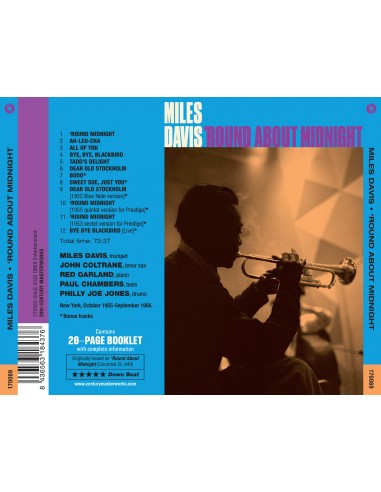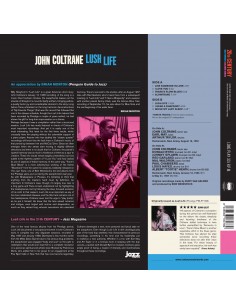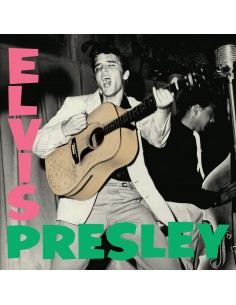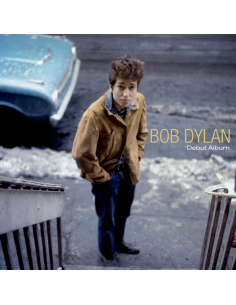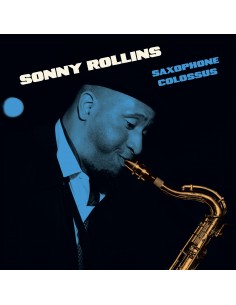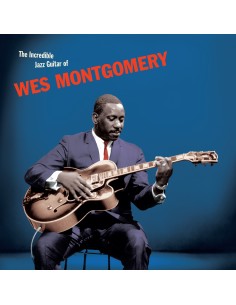MILES DAVIS ‘ROUND ABOUT MIDNIGHT + 6 BONUS TRACKS
Miles Davis20-PAGE BOOKLET EDITION
INCLUDES 6 BONUS TRACKS
INCLUDES NEW SPECIALLY PREPARED LINER NOTES BY PENGUIN GUIDE TO JAZZ'S WRITER BRIAN MORTON AND BY PARIS'S PRESTIGIOUS JAZZ MAGAZINE
“It’s a contentious issue, but there is little argument that with ‘Round About Midnight, for all its implied conservatism and the awkward circumstances of its making, Miles created an album of almost perfect aesthetic balance, looking backward and forward, as he always did, with equal affection.” - Penguin Guide to Jazz
“The release of this album in 1957 marked one of the high points of a tremendously prolific period for Miles Davis. In a few years, the trumpeter would forever imprint his name among the great leaders in the history of jazz by signing a series of major albums, which would be of tremendous importance both for him and for his contemporaries.” - Jazz Magazine
This is the kind of album to which one returns time and time again because it is, in its way, a perfect thing, a slice of modern jazz conceived and executed in the very best style.” ***** (Ralph J. Gleason) - Downbeat Magazine
Personnel
MILES DAVIS, trumpet
JOHN COLTRANE, tenor sax
RED GARLAND, piano
PAUL CHAMBERS, bass
PHILLY JOE JONES, drums
New York, October 1955-September 1956.
* Bonus tracks
Tracks
1 ‘ROUND MIDNIGHT
2 AH-LEU-CHA
3 ALL OF YOU
4 BYE, BYE, BLACKBIRD
5 TADD’S DELIGHT
6 DEAR OLD STOCKHOLM
7 BUDO*
8 SWEET SUE, JUST YOU*
9 DEAR OLD STOCKHOLM [1952 Blue Note version]*
10 ‘ROUND MIDNIGHT [1955 quintet version for Prestige]*
11 ‘ROUND MIDNIGHT [1953 sextet version for Prestige]*
12 BYE BYE BLACKBIRD [Live]*
Total time: 73:37
- Format
- CD
- Label code
- 170069
- Discs number
- 1
 Cookie preferences
Cookie preferences


